A farm field in Kansas might be the last place you expect to find a shipwreck — but then, the world has an uncanny way of doing what you'd least expect.
It all started in 1856. The steamboat Arabia was loaded up with enough supplies for 16 frontier towns — some 200 tons of goods — and a number of passengers, and set out on the Missouri River for Kansas.
It was a routine trip, but on this fateful day, the ship struck a submerged tree and sunk almost immediately, taking all 200 tons of cargo down with it.
Over the next 130 years, the course of the Missouri River gradually changed, and the site where the Arabia sank became farmland.
But in the 1980s, it was recovered, and what was found is a perfectly preserved slice of 19th-century life. Some have even compared it to the discovery of Tutankhamun's tomb — which, incidentally, might have more treasures in store for us.
Check out this amazing discovery, and you'll start wondering what might be lurking in your backyard!
(H/T: MessyNessyChic)
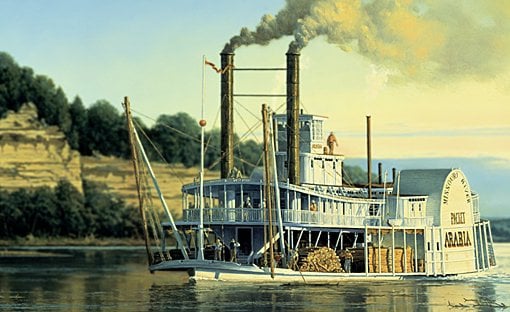
Loaded with passengers, cargo, and one unlucky mule, the Arabia was a regular sight along the Missouri River in the 1850s.
It routinely supplied frontier towns with much-needed goods from back East.
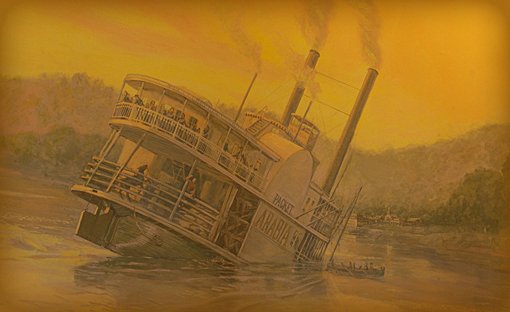
When it struck a fallen tree, disaster was almost immediate.
Luckily, the human passengers were all able to make it to safety, but most had to leave their belongings behind. The mule, sadly, did not survive.
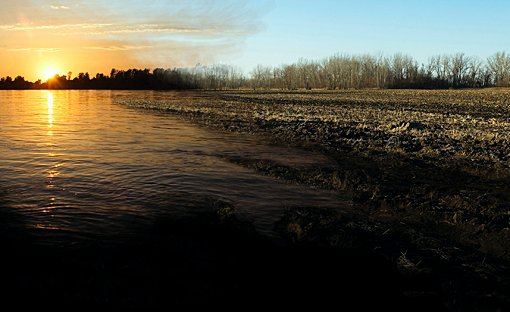
For 132 years, the Arabia lay lost under water, silt, and soil.
Looking at it, you'd never guess that so much history was hiding below the surface. Not many people did, with the exception of a local man named Bob Hawley.
Together with his sons, he set out to find and recover the lost ship.
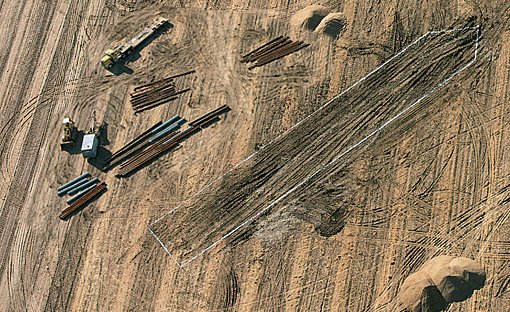
The Hawleys used a combination of old and new technology to locate the ship — namely old maps and a proton magnetometer, an instrument that can detect iron objects even under land and water.
Eventually, they found the location of the boat under some farmland. With permission granted by the farm's owners, it was time to start digging.
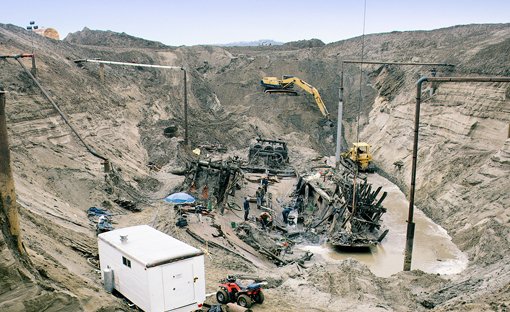
It was no small job. Massive equipment like bulldozers, backhoes, and well drills were used.
The water table was still high, so wells were dug to drain off some 20,000 gallons of water.
And not only was the job huge, it had to be fast — the farmers wanted the field back in place in time for spring planting.
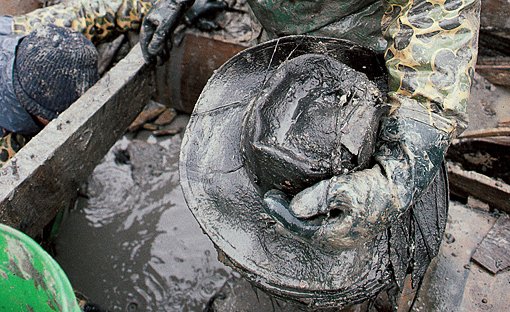
Slowly, artifacts began to emerge from the mud. By November 1988, the entirety of the Arabia had been unearthed.
The boat was absolutely filled with all kinds of goods, mainly practical items that a family on the frontier would need.
Items like nails and other hardwares were some of the things that gave Hawley his clues as to where the boat was located.
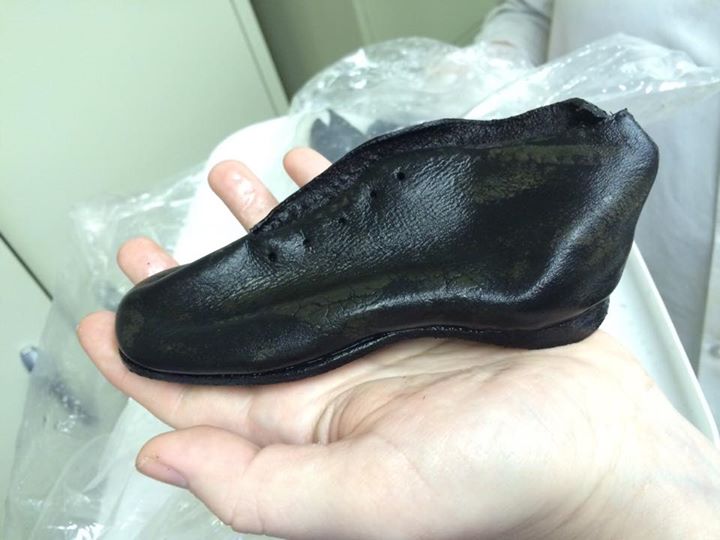
And it was found that thanks to the preservative qualities of the mud, all 200 tons of cargo had been amazingly preserved, including the more delicate items like this child's leather shoe.
Now it was just a question of making sure these incredible items stayed in such good condition.
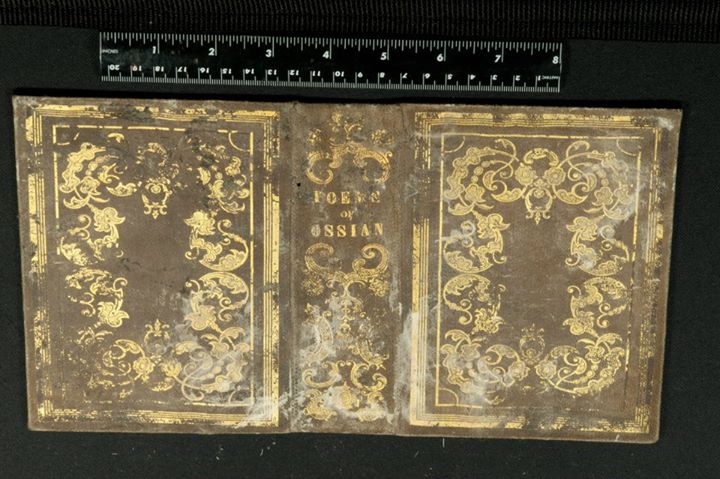
The mud sealed the artifacts away from oxygen, and with no oxygen, the materials couldn't decompose, and stayed in near-perfect condition, like this book cover.
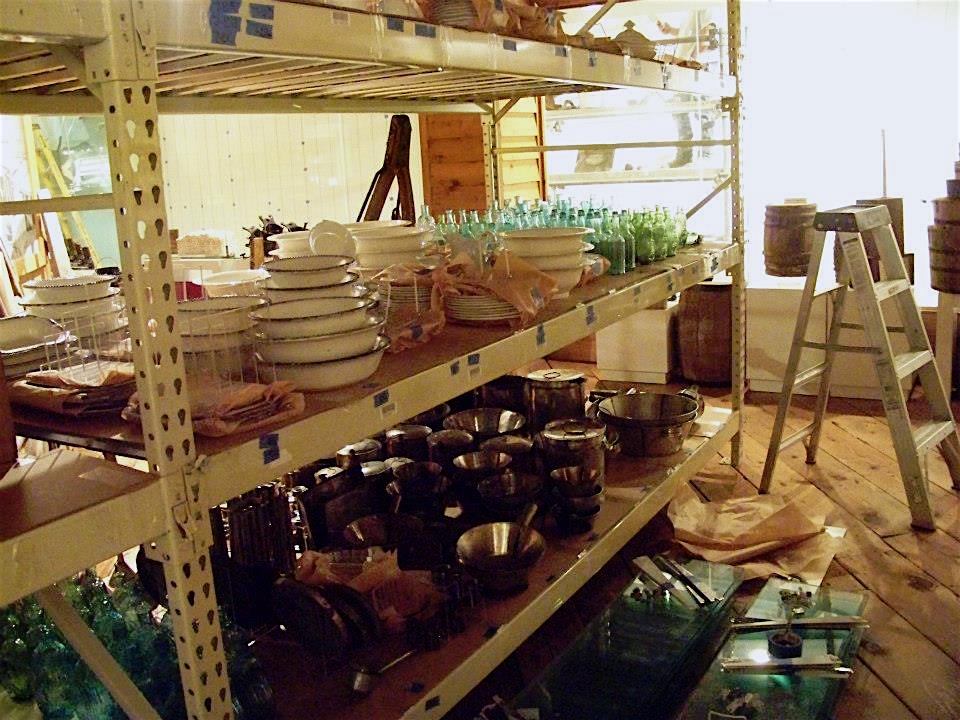
Among the finds were hundreds of dishes, pots, and bottles — enough to supply many households.
If you didn't know better, you might think you were looking at a store. That's how many items were aboard the Arabia.
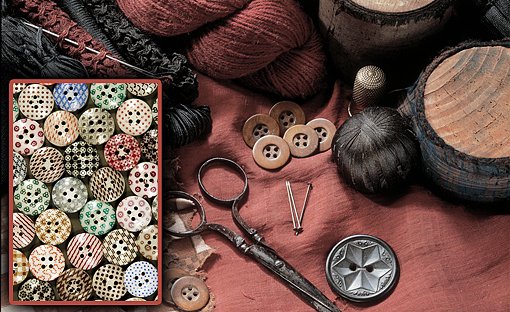
This sewing kit, with bright, printed buttons, was also found.
The mud had leached most of the dye out of the wool thread, but the buttons shed light on the colorful fashions of the day. They would have been printed to match patterned fabric.
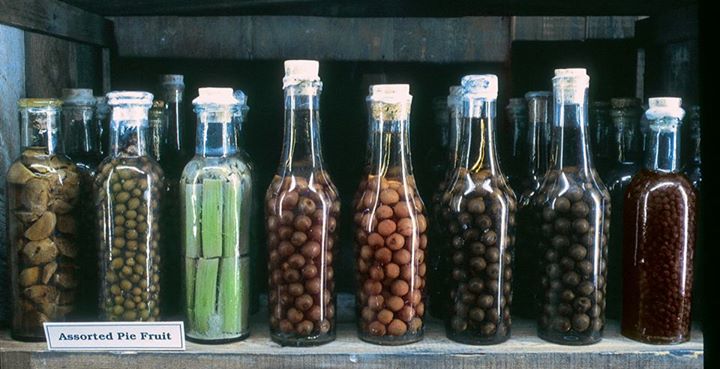
But most surprising of all were bottles of preserves. From the left, there are apples, gooseberries, rhubarb, four bottles of cherries, and blueberries.
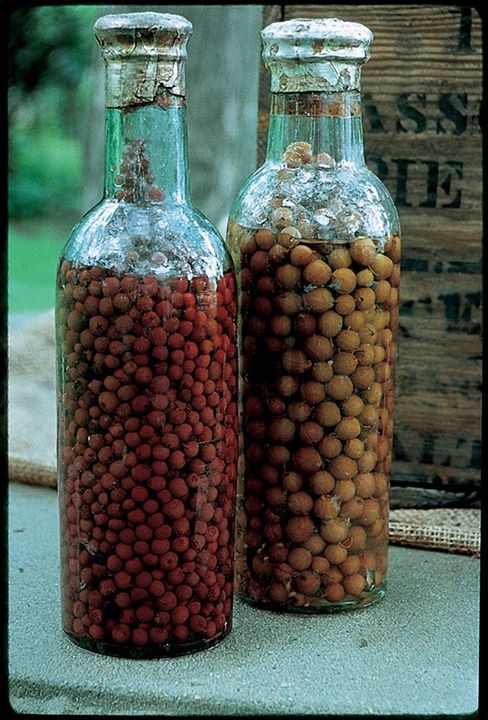
These fruits, intended to be used for pies, were sealed in glass bottles. No oxygen has entered these bottles for 150 years.
That means they're still edible!
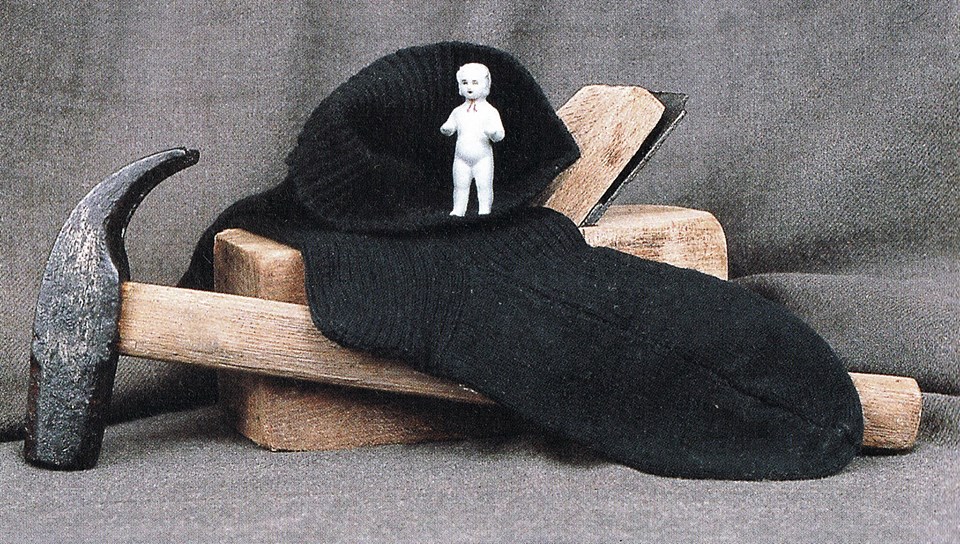
Some artifacts even hint at the personal stories of the passengers. This little doll was found wrapped in a sock inside a carpenter's toolbox. One can imagine that a carpenter might have purchased it for his little girl before heading back home, only to lose it in the wreck.
Today, you can find countless more items from this amazing time capsule of a discovery at the Arabia Steamboat Museum in Kansas City, Missouri, and you can also check out their fantastic collections, recreations, and events on Facebook. There's even a memorial for the mule that went down with the ship.
And of course, be sure to SHARE this discovery with your history-loving friends!




